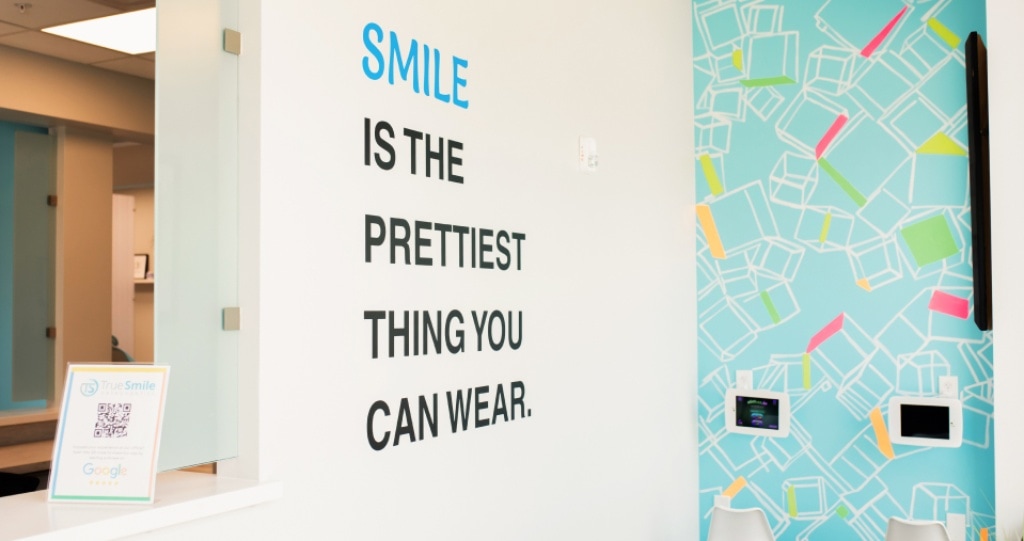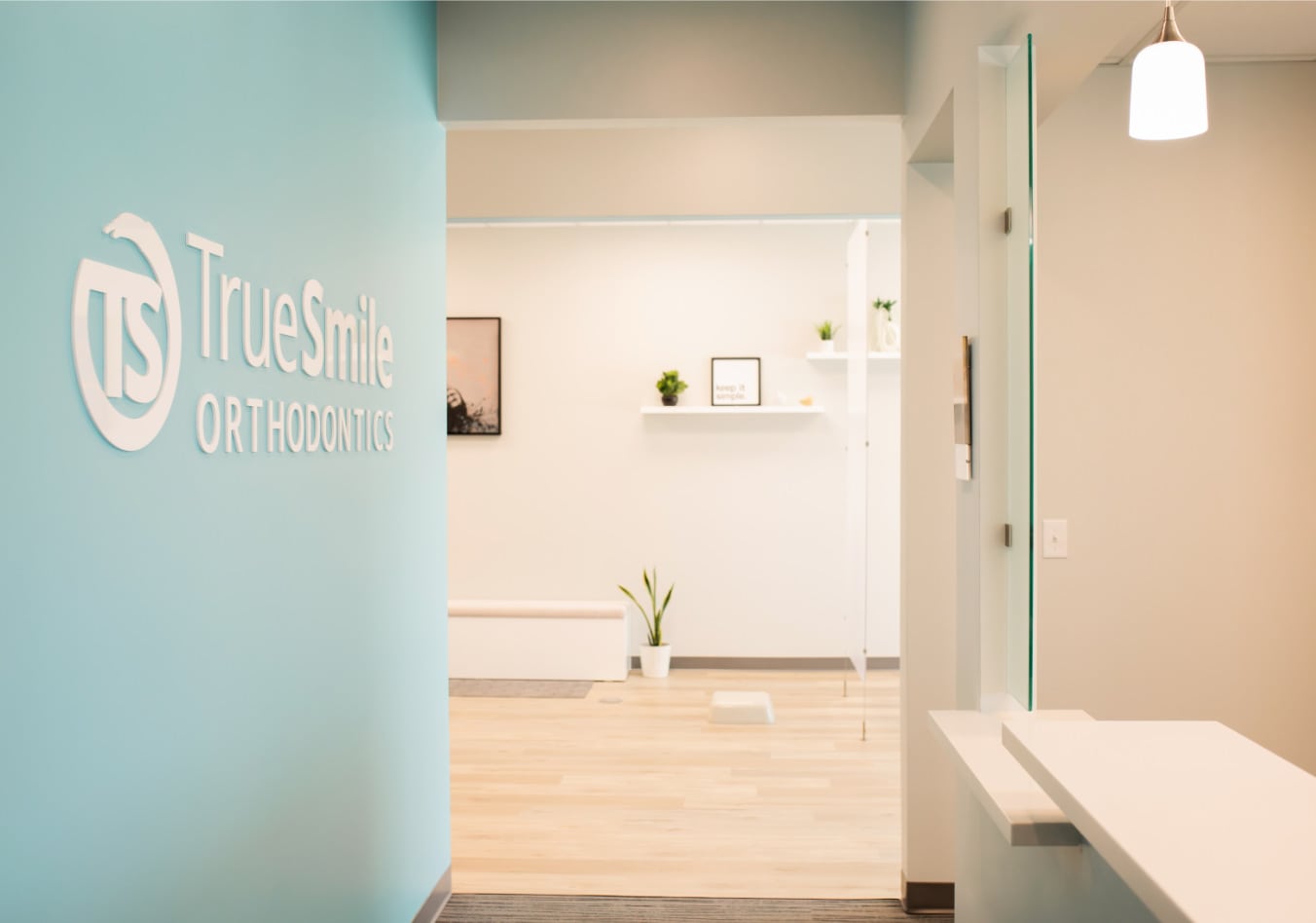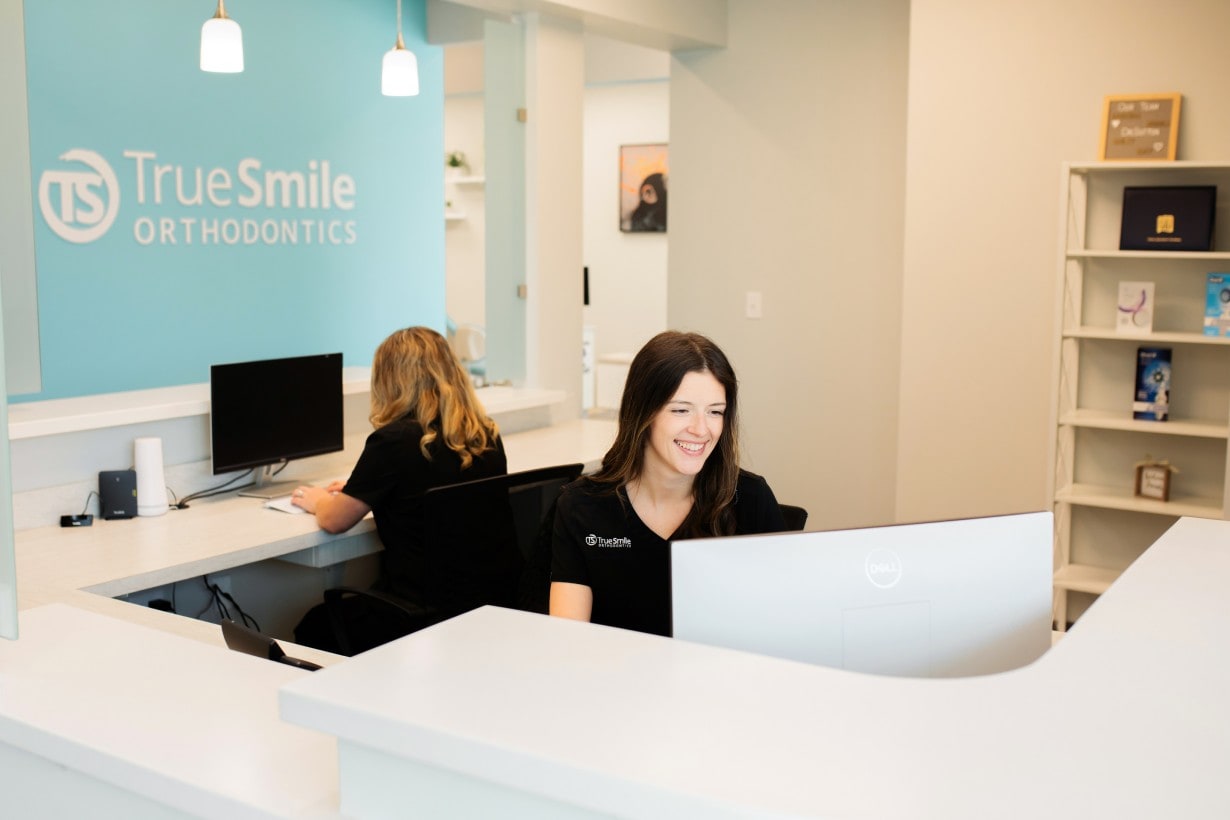Your Five-Step Guide to Preventing Tooth Decay While Wearing Braces
If you’re wearing braces, then you know they are working hard to straighten your teeth. However, those hard-working braces are also preventing you from easily cleaning your teeth. It is essential that you put some extra attention into preventing tooth decay while wearing your braces. When your braces are finally removed by Dr. Sutton, you want a beautiful, white smile,






